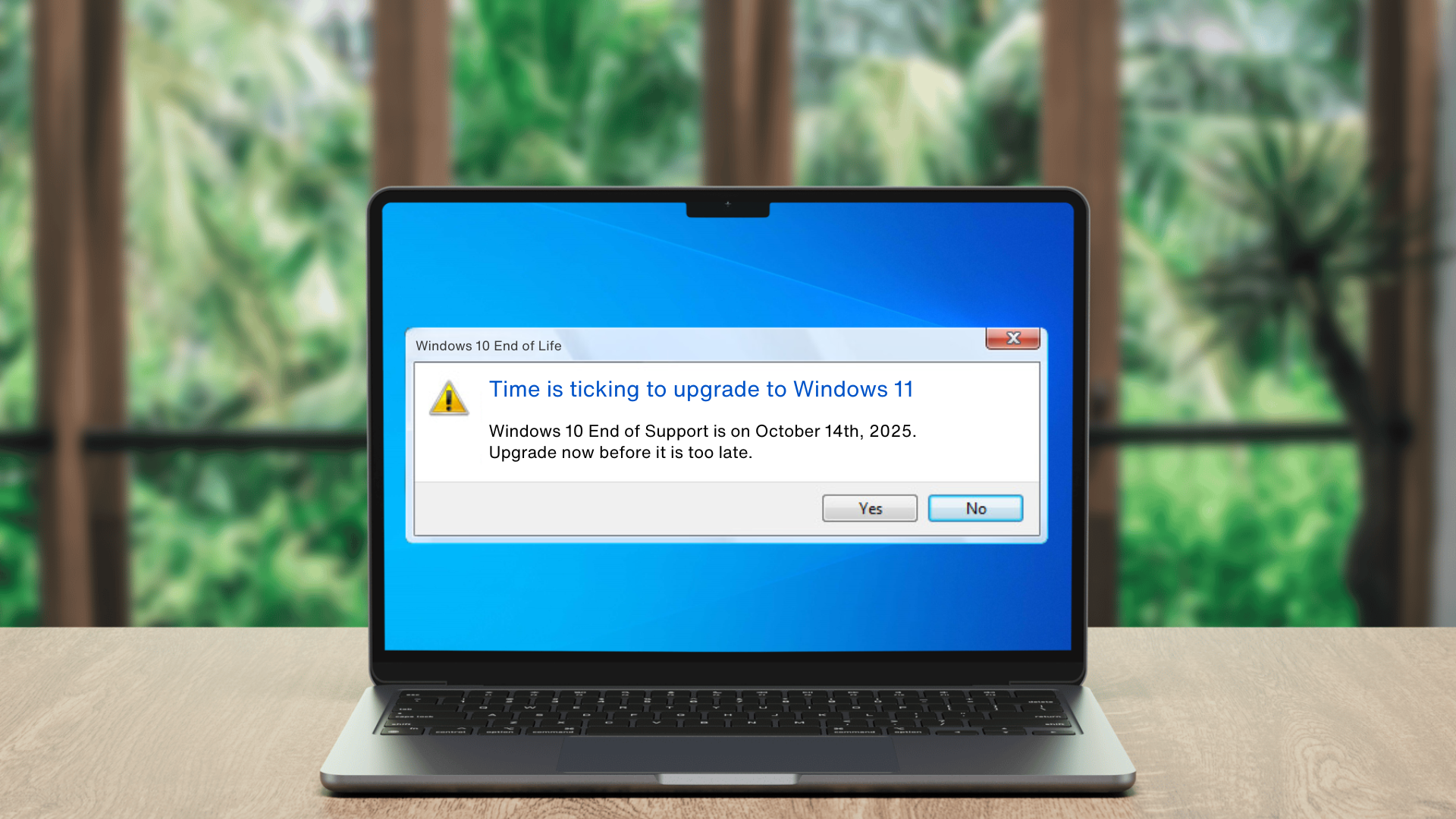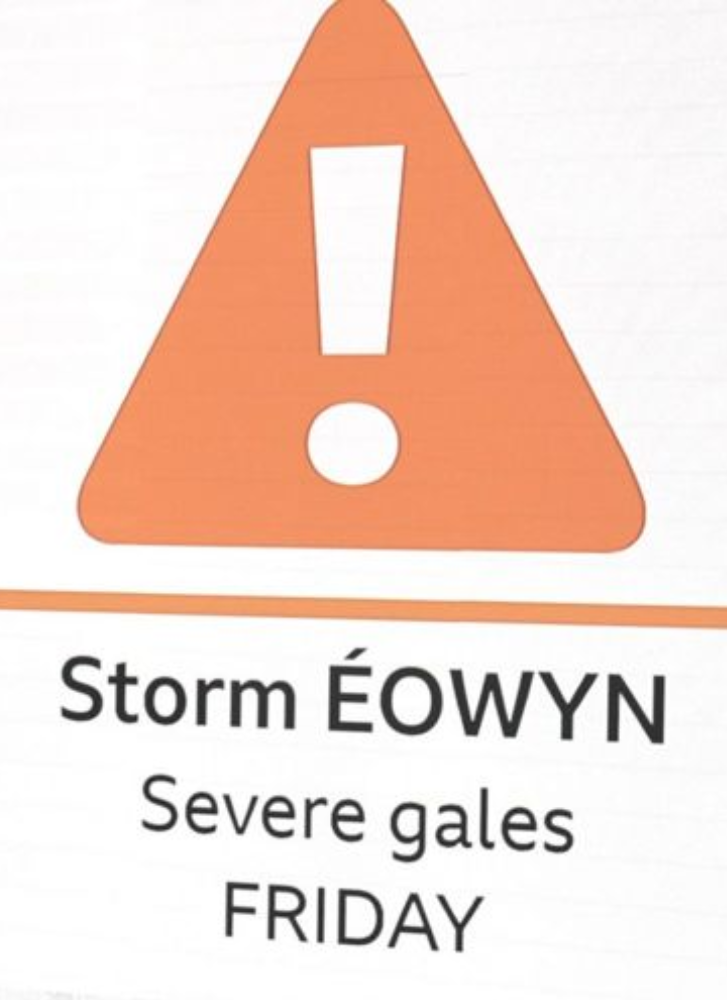Why do you need to observe encrypted traffic?
In today's interconnected digital world, securing your network has become more critical than ever. With the increasing amount of sensitive information transmitted online, it's essential to have robust security measures in place. One such measure is DPI SSL (Deep Packet Inspection of Secure Socket Layer). In this article, we'll break down what DPI SSL is, how it safeguards your network, and the risks of not using it.
What is DPI SSL?
DPI SSL is a technology used to inspect and secure encrypted internet traffic. When you visit a secure website (those starting with https://) or use any other secure service or application with SSL/TLS, your data is encrypted to protect it from eavesdroppers. While encryption is essential for your privacy, it can also be used by malicious actors to hide their activities.
DPI SSL is like an X-ray machine for your network traffic. It decrypts and examines the data passing through your network in real-time, even if it's encrypted. This process allows your Firewall to identify potential threats, malware, and other suspicious activities that might otherwise go unnoticed.
How Does DPI SSL Protect Your Network?
1. Traffic Intercept: When a user on the network initiates an SSL/TLS encrypted connection (e.g., HTTPS), the traffic is intercepted by the firewall or security appliance. This means that instead of the encrypted traffic flowing directly from the client to the server, it passes through the firewall device.
2. SSL Decryption: The intercepted encrypted traffic is decrypted by the firewall appliance using a SSL/TLS certificate that is issued by the firewall itself. This certificate acts as a middleman, allowing the firewall to decrypt and inspect the traffic without the end user or the server being aware of it.
3. Traffic Inspection:
Once the traffic is decrypted, the firewall can apply various security and content filtering policies to the traffic.
This includes:
- Content Filtering: firewall can inspect the decrypted traffic for specific keywords, patterns, or known malware signatures. If it detects any malicious content or policy violations, it can take appropriate actions like blocking or logging the traffic.
- Intrusion Prevention: The firewall can apply intrusion prevention techniques to the decrypted traffic, identifying and blocking any potential threats or attacks.
- Antivirus Scanning: The decrypted traffic can also be scanned for viruses and other malware. If any malicious files or attachments are detected, they can be quarantined or blocked.
- Application Control:
Firewall can identify the specific applications or services being used within the encrypted connection. This allows administrators to control access to specific applications or services based on policies.
4. Re-Encryption: After the traffic has been inspected and any necessary actions have been taken, the firewall re-encrypts the traffic before sending it to its intended destination. It uses the original server's SSL/TLS certificate to do this, so the end server receives the traffic as if it had been encrypted from the client.
5. Delivery to Destination: Finally, the re-encrypted traffic is sent to the destination server, and the server responds in the usual way. The entire process is transparent to both the client and the server, as they are unaware that their communication was intercepted and decrypted by the firewall.
The Risks of Not Using DPI SSL
Now that we've covered how DPI SSL protects your network, let's explore the risks associated with not using it:
- Hidden Threats: Without DPI SSL, encrypted threats can pass through your network undetected. Malicious software, phishing attempts, and other cyberattacks can go unnoticed, leading to data breaches and significant damage.
- Data Leakage: Sensitive information, such as customer data or financial records, may be exposed if not properly inspected. This can result in legal and financial consequences.
- Compliance Violations: Failing to inspect encrypted traffic can lead to non-compliance with industry regulations and legal requirements. This can result in hefty fines and reputational damage.
- Loss of Control: Without DPI SSL, you lose control over what enters and exits your network. This lack of visibility can make it challenging to manage and secure your network effectively.
- Productivity Issues: Inappropriate or non-work-related content can impact employee productivity and lead to bandwidth congestion. DPI SSL helps you filter out such content.
DPI-SSL is an essential feature for ensuring the security of encrypted traffic within a network.
However, it's important to configure and manage it properly.
Neglecting DPI SSL can leave your network vulnerable to hidden dangers, compliance violations, and productivity issues.
To protect your digital assets and maintain a safe and efficient network, consider implementing DPI SSL as part of your cybersecurity strategy.
Author: Alan Kluba
Your IT Upgrade Starts Here: Contact Us for a Complimentary Assessment
Contact Us












